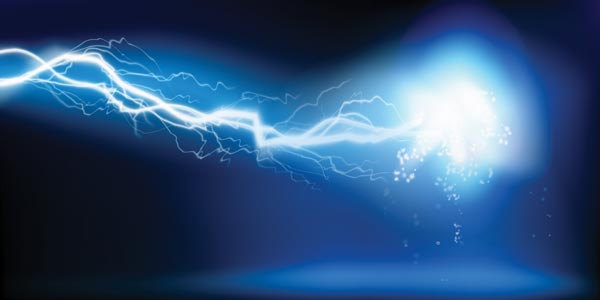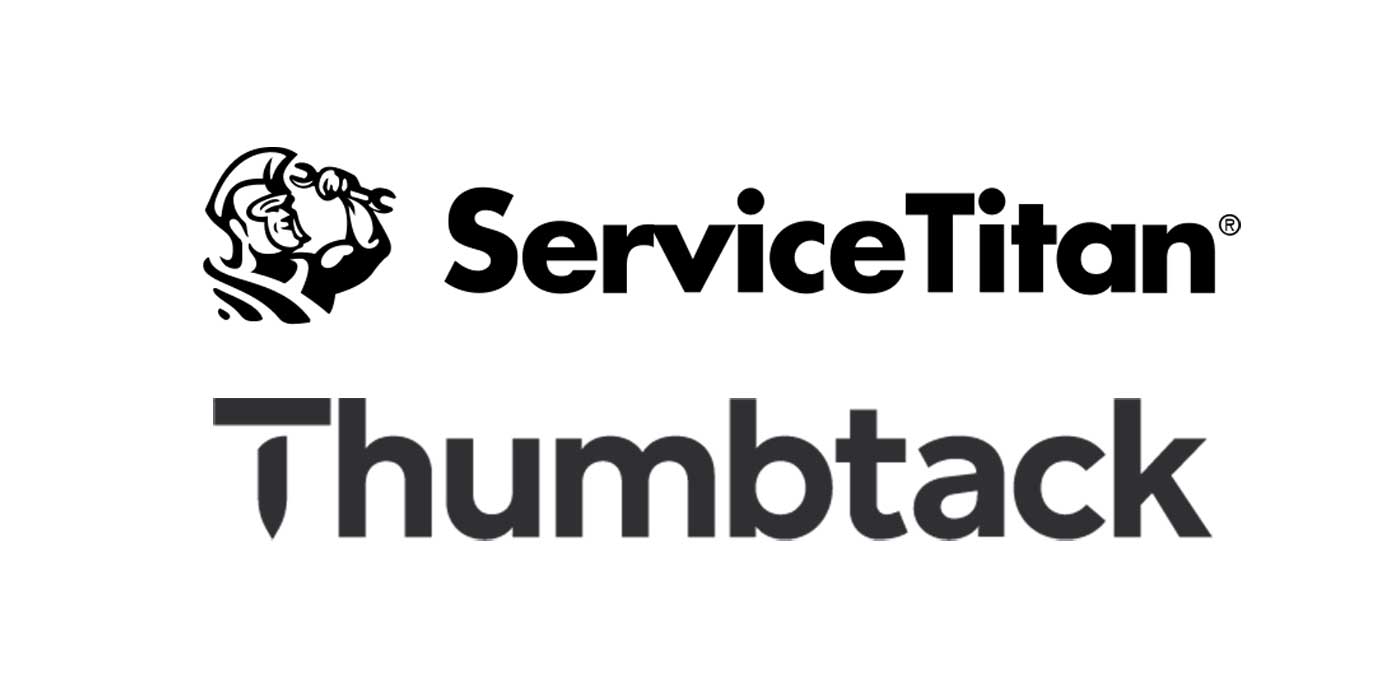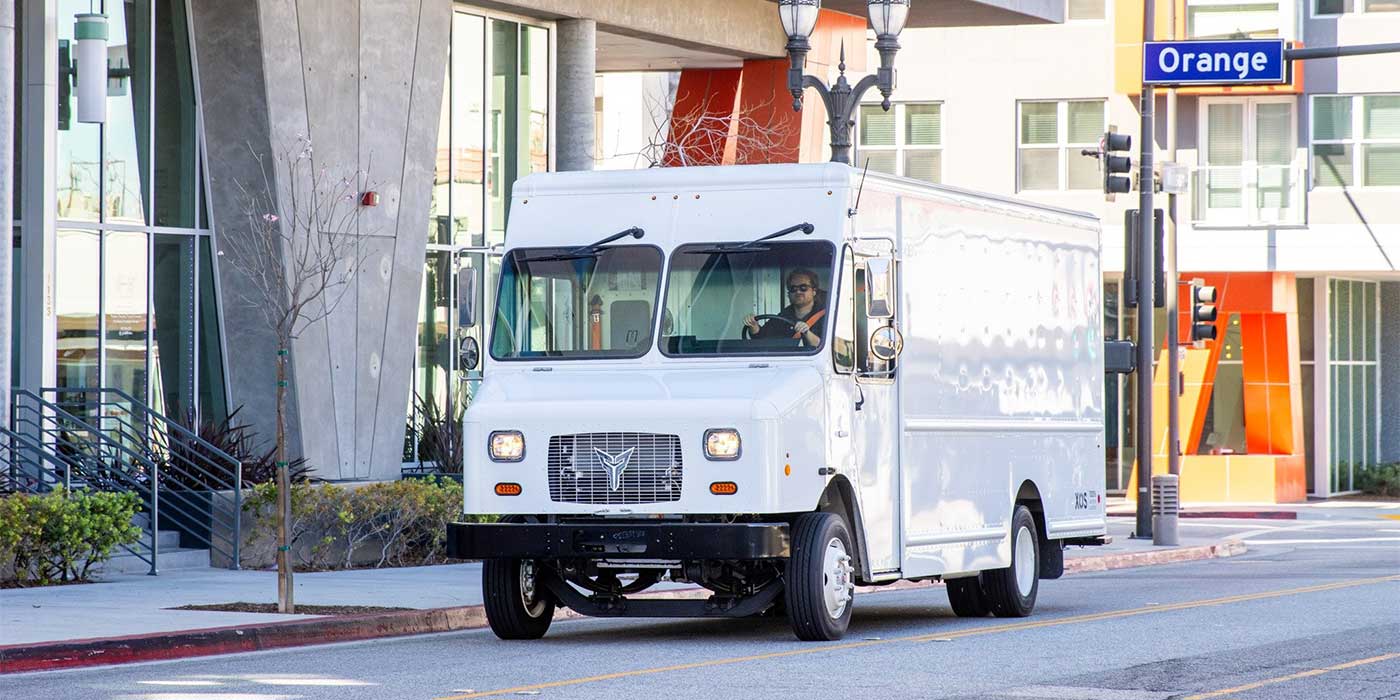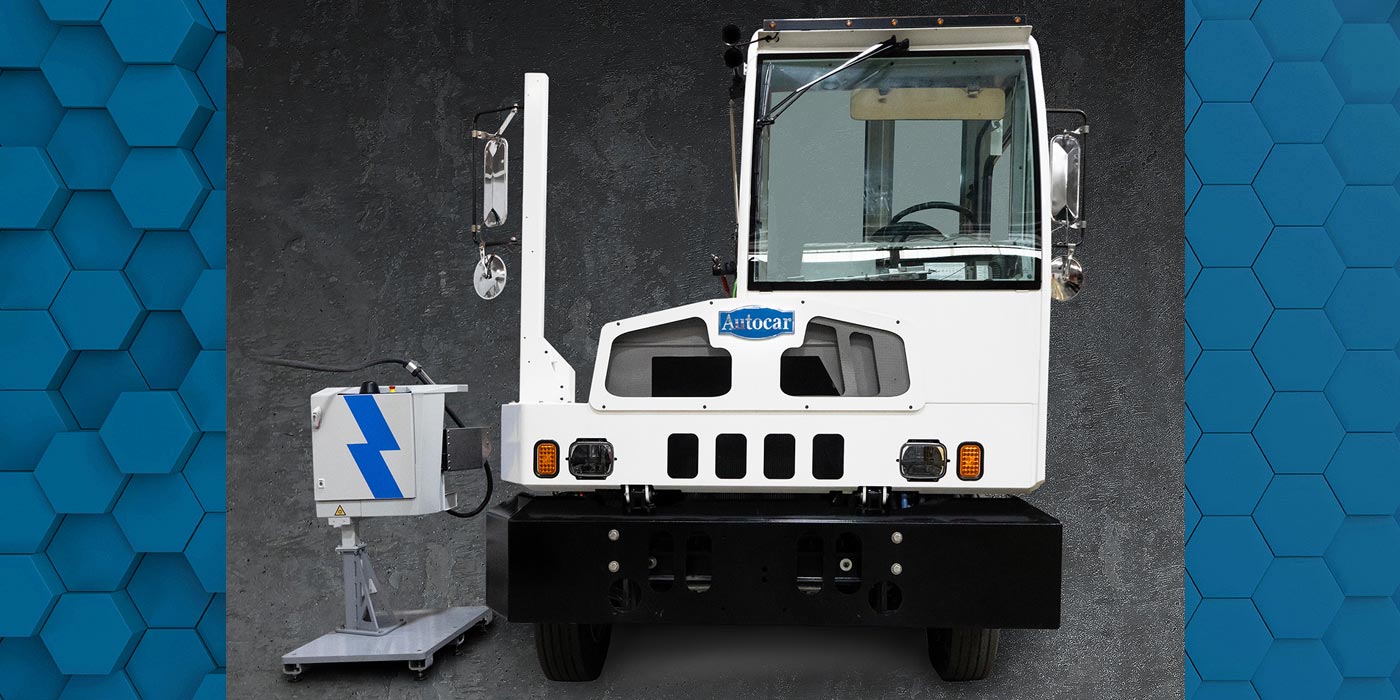Electric trucks are hitting the road. As you read this, trucks from both Peterbilt and Kenworth are in use in California ports; electric Freightliner and Fuso models from Daimler Trucks North America are in use by customers now as well. Others are poised to be on the road soon, including some from Volvo Trucks, which sent its first electric trucks to European customers in February and which is planning to have demonstrators of its North American VNR Electric in California next year.
And beyond the (extremely cool) fact that what once may have seemed like a distant fantasy has now officially become a full-fledged reality, there’s a lot we can learn from observing these trucks. Watching especially closely will be the truck OEMs and suppliers themselves, who plan to use the information gathered from observing these trucks to build the next generation of electric vehicles for more widespread use.
That means looking forward to a future in which electric trucks can go beyond limited-mile port routes and expand into other applications, potentially even including on-highway.
“As the technology advances, changes or improves we’ve got to be ready to adapt to it,” said Chris Stadler, Volvo Trucks’ product marketing manager.
Stadler and his colleague Brett Pope, Volvo’s director of electric vehicles for North America, named three aspects of the electric trucks they will be observing to further the development of electric trucks.
1. Charging needs
“Customers want a better understanding of how the truck is going to operate and what charging capabilities it needs,” Stadler said. “How often does it need to be charged, and how much power does it take to do it? I think that’s where they’re coming to us, and asking us questions. We have a group that’s working with our customers and addressing those questions.”
Stadler added that Volvo also wants to understand how to build the charging infrastructure—and that means partnering with customers, learning their business model as it relates to electric trucks and where they see the opportunities for electrification being.
“We also have to understand how we build the charging infrastructure. That’s where the collaboration and the partnership needs to be with those customers, as we learn their business model and where they see their opportunities for this new technology being,” he added.
2. Working with utilities
Pope noted that working with local utility companies on getting charging stations in place will be important, both for fleets and for OEMs.
“Then the other area to look at,” he continued, “is working with the local power companies. They need to be part of that discussion and you need to know lead times. I think one of the challenges in the U.S. is that depending on where you’re located, there’s different governance of the power companies, different solutions, different lead times, different flexibility. But the power companies I’ve talked to have been very interested.”
3. Improving battery technology and learning what that means
“As battery technology improves, you can have more energy per pound so that you can carry enough energy on the vehicle to satisfy some range demands,” Pope said. “Because right now, the batteries are the bulk of the weight that you would carry with an electric driveline. Obviously, we don’t want to carry more weight than is necessary, but we need to carry enough in order to satisfy customer range demands. It’s all about understanding the total energy consumption on that vehicle.”
The future of electric batteries
The battery is, obviously, a crucial part of the electric truck and one component that will need to improve if electric trucks are going to expand into more applications.
As mentioned above, Peterbilt’s electric models 520 and 579 are both in service now, with the electric 579 being in use at the Port of Long Beach, and the company says the electric model 220 will be in use soon as well. The batteries for those trucks are developed by Transpower. Joshua Goldman, vice president of sales and marketing at Transpower, talked about what the battery manufacturer is hoping to learn from observing these trucks as they run routes in real-world applications, and echoed that the most important thing is to learn how customers use the trucks.
“We want to learn, most importantly, how can customers best benefit from those vehicles? Today we’re just trying to do what the diesel does or what natural gas trucks do,” Goldman said. “In drayage service and on the ports, in regional, LTL, deliveries, final mile, even in docking yards, we are seeing how the customers use it. Because we’d like to right size the batteries and charging stations for their application.
“They may supply them with a 150-mile truck and find they only go 60 miles, or they might find they go 140 miles and might have benefited from a larger battery pack with a bit more buffer, for example,” he went on. “The environmental, the operator habits, temperature, heating and cooling, can be a load both on the batteries and on the vehicle.
“We’re using all of this data from these early trial fleets, both in the laboratory or test track sense, as well as in the field, to partner with our battery, cell, or modular suppliers to drive our warranty and get closer to those five-plus-year warranties that fleets are looking for to have confidence in the longevity of the product. That’s especially true as we look towards what residual value for electric trucks is, since that’s a big piece of why Peterbilts are purchased,” Goldman concluded.
Check out the rest of the June digital edition of Fleet Equipment here.













